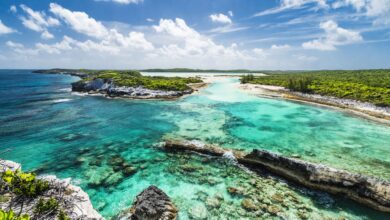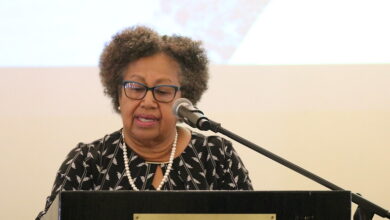A SPECIAL (CDN) FEATURE
BY: RICARDO BLACKMAN (CDN) BARBADOS.
A strange phenomenon occurred in the Caribbean in 2011. A massive tide of Sargassum, brown invasive algae, washed on to the shores of the region’s popular beaches. A similar event is occurring today causing tourism officials across the Caribbean to become concerned about the masses of smelly brown seaweed that are inundating coastlines.
Of interest was a recent “Letter To The Editor” in Barbados “WEEKEND NATION” of July 24th, 2015, in which the writer, a Dr. Paul A. Patrick, is suggesting that “ the Barbados government and all other countries that were negatively affected by the BP spill in the Gulf of Mexico deserve to be compensated for economic losses caused by the disaster”
The writer goes on “As a Barbadian-born United States citizen who frequently returns to my country of birth, I am deeply disturbed by the polluted condition of our formerly pristine coastal waters.”
“In recent years, the waters surrounding the island and the formerly world class beaches have been invaded and polluted by brown, dead seaweed, and my fears were confirmed by your article entitled ‘ Marine Biologist Blames Humans For Seaweed Problem’ in your July 22,2015 edition. It reported that marine biologist, Andre Miller believes that “ the current Sargassum seaweed has been linked to the 2010 BP oil rig explosion”.
“My contention is that while the US has been rightly compensated with $20 to $56 Billion in damages and clean-up costs, Barbados currently faces coastal pollution, losses in its fishing and tourist revenue, directly due to this oil leak.
“BP needs to be held accountable by the Barbados government or some international tribunal for the ecological and economic destruction caused by their carelessness and greed.”

In Grenada, the St. George’s University is trying to identify the level and variety of the Sargassum seaweed that is taking over beaches there. Following a request from the government of China, the research is being carried out as the Chinese are saying that the seaweed could be beneficial to their country.
Sargassum has also been taking over the shorelines of beaches along Trinidad’s southeast coast and it has become a frequent visitor to Tobago as well, particularly since May of this year when Tobago’s Division of Agriculture, Marine Affairs and the Environment started removing Sargassum from its 16 beaches.
For more than a year now, the Sargassum seaweed has returned to the shores of Barbados and other Eastern Caribbean countries and Professor of marine ecology and fisheries with the University of the West Indies (UWI), Hazel Oxenford, said research showed that the seaweed was coming from a new source in the Amazon and was also being reported in Venezuela and Colombia.
“When it happened in 2011, it was a new phenomenon because we had never seen this Sargassum seaweed coming ashore in this part of the Caribbean. (At that time) it was also happening off the West Coast of South Africa.
“In 2011, it was a huge deal and many of the expensive resorts in Antigua and other places were closed because of the seaweed collecting in the windward bays and making swimming impossible. It has subsequently returned and hasn’t stopped since then, and we have to look at that.”
Our research shows, however, that while seaweed is normally seen as a nuisance for local residents and visitors alike, it does offer some ecological benefits. Plus, Sargassum is only temporary and it’s fairly unpredictable.
Read more here
See Also
Dealing with Sargassum Seaweed in Trinidad and Tobago
Arthur Collymore – Fighting against the Sargassum seaweed







